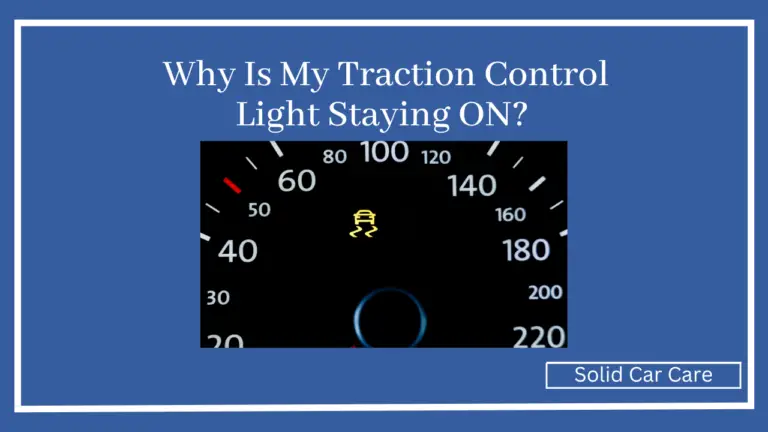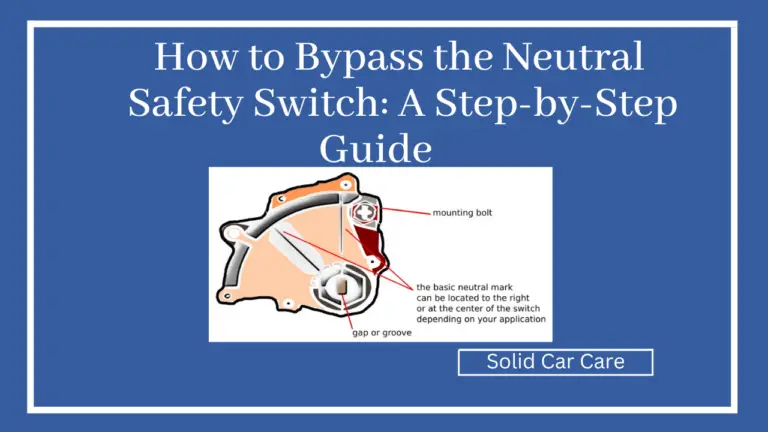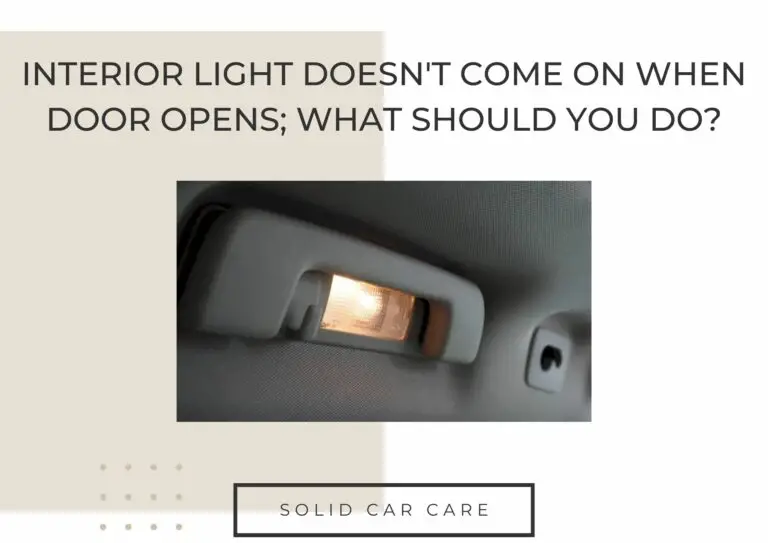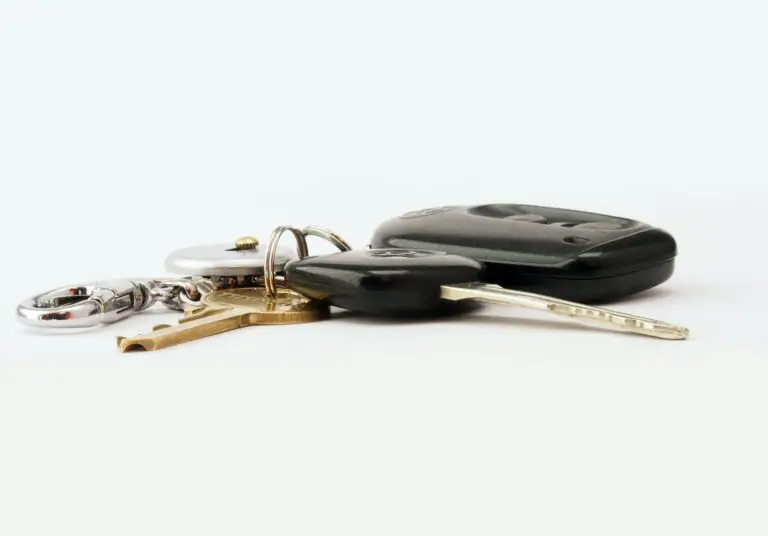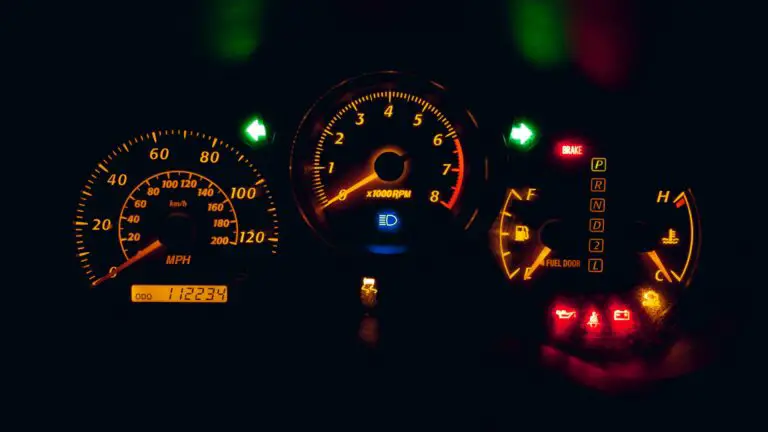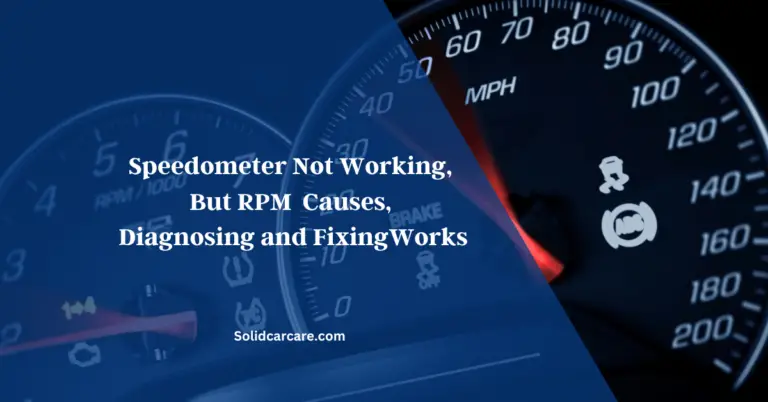Rough Idle No Check Engine Light; What Should You Do?
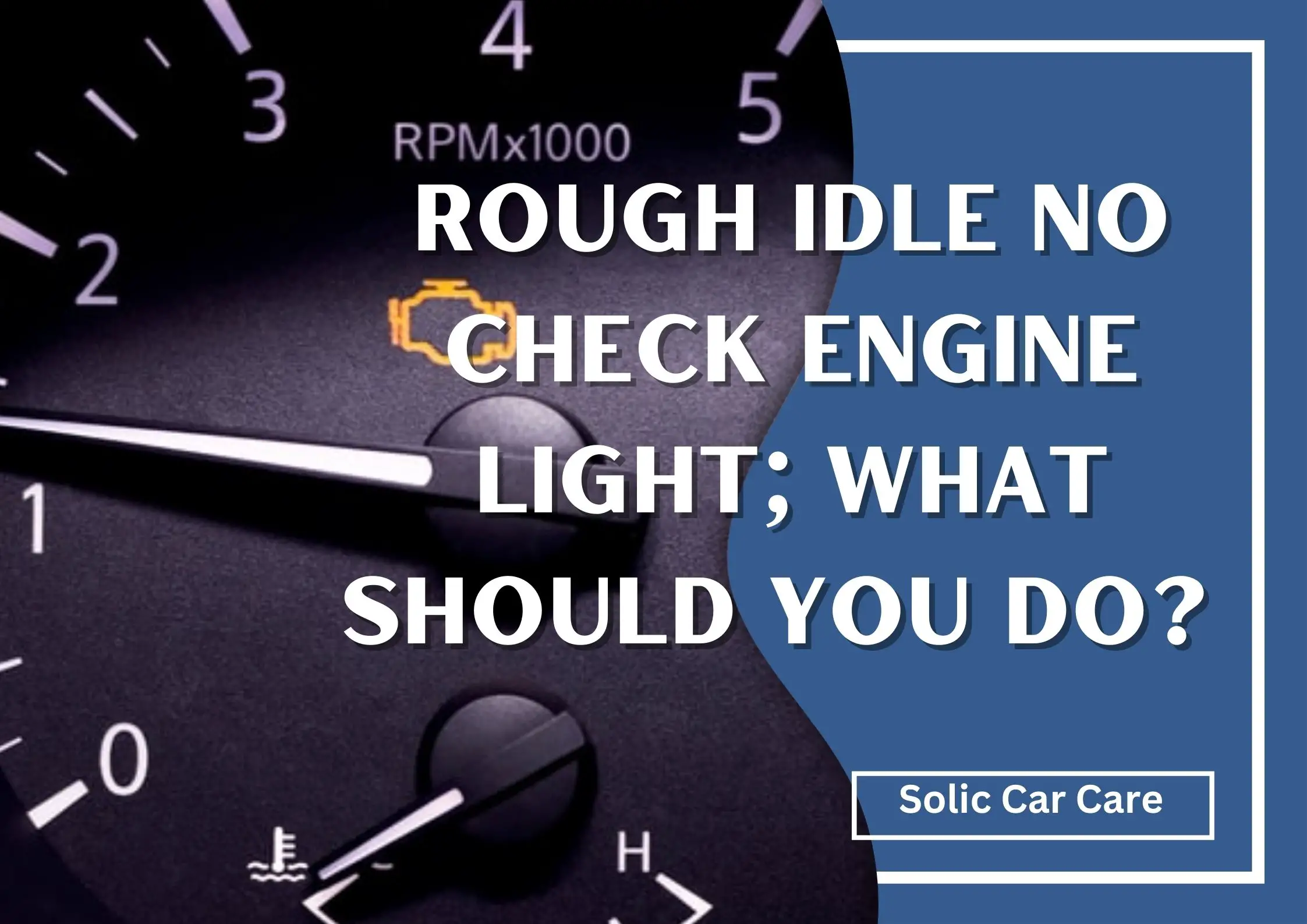
If you’ve ever experienced a rough idle in your car, you know how unsettling it can be. Not only can it be annoying to feel your car shaking or vibrating while stopped, but it can also indicate underlying problems with your vehicle. A rough idle may be caused by many different things such as
- Dirty fuel injectors,
- Low fuel pressure,
- A faulty Oxygen sensor,
- low voltage to the fuel injectors,
- A dirty or failing idle air control valve, or
- A vacuum leak.
In this article, we’ll explore some of the most common causes of rough idle and provide tips on how to diagnose and fix the issue so you can get your car running smoothly again.
Table of Contents
- What causes the rough idle and how?
- Symptoms of Rough Idle
- Diagnosing Rough Idle without a Check Engine Light
- How to fix rough idle on your own?
- Conclusion by the author
What causes the rough idle and how?
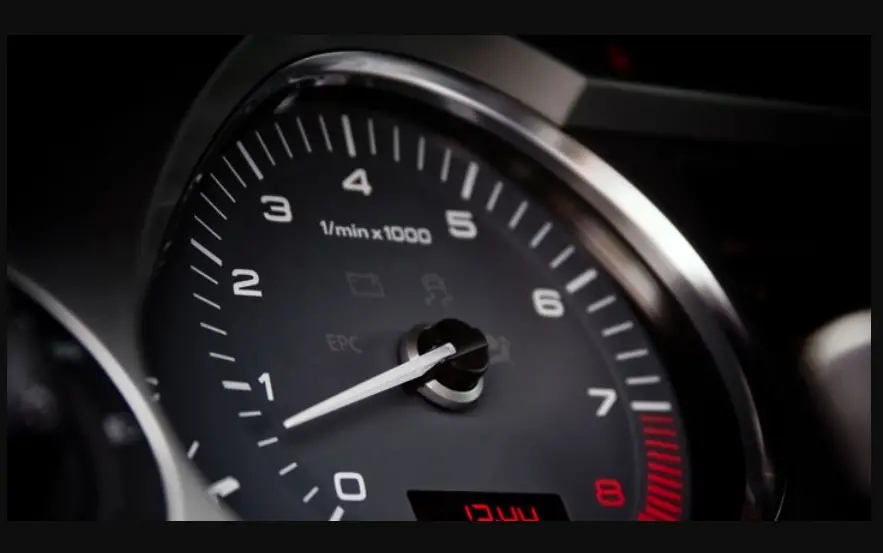
As we’ve mentioned there are a lot of causes for this problem, and the following is how those causes affect the rough idle.
- Dirty or clogged air filter
An air filter that’s dirty or clogged can restrict airflow to the engine. This can cause the engine to receive less air than it needs to combust fuel, resulting in an imbalanced air-to-fuel mixture. When the air-to-fuel ratio is too lean (not enough fuel), the engine may misfire and idle roughly.
- Worn spark plugs
Spark plugs provide the spark that ignites the fuel in the engine. When they become worn or dirty, they can’t ignite the fuel as efficiently as they should, leading to misfires and rough idle.
In extreme cases, worn spark plugs can cause the engine to stall altogether.
- Bad fuel injectors
Fuel injectors are responsible for delivering fuel to the engine in precise amounts. When they become dirty, clogged, or malfunctioning, they can’t deliver fuel efficiently, causing an imbalanced air-to-fuel ratio. This can lead to rough idle and other issues like poor acceleration and reduced fuel economy.
- Vacuum leaks
The vacuum system in a car controls various functions, including the fuel system, emissions system, and more.
When there’s a leak in the vacuum system, air can enter the engine that hasn’t been measured by the mass air flow sensor. This can lead to an imbalanced air-to-fuel ratio and rough idle.
- Ignition coil issues
Ignition coils provide the electrical current that creates the spark to ignite the fuel in the engine. When they become faulty or fail, they can cause a weak or intermittent spark.
This can cause misfires and rough idle, as well as other issues like reduced acceleration and engine performance.
- Low fuel pressure
The fuel pump in a car is responsible for delivering fuel to the engine. When it’s not working properly, it can’t provide enough fuel pressure to the engine, causing an imbalanced air-to-fuel ratio and rough idle. Low fuel pressure can also cause other issues like reduced acceleration and engine performance.
- EGR valve problems
The EGR valve recirculates exhaust gas back into the engine to reduce emissions. When it’s not working properly, it can cause the engine to receive too much exhaust gas, leading to rough idle and other issues like reduced acceleration and engine performance.
In summary, rough idle can be caused by a wide range of issues related to the air-to-fuel ratio or ignition system. It’s important to diagnose the issue correctly to fix it properly and avoid further problems.
How To Turn Off Traction Control Without Button?
Solid Car Care
Symptoms of Rough Idle
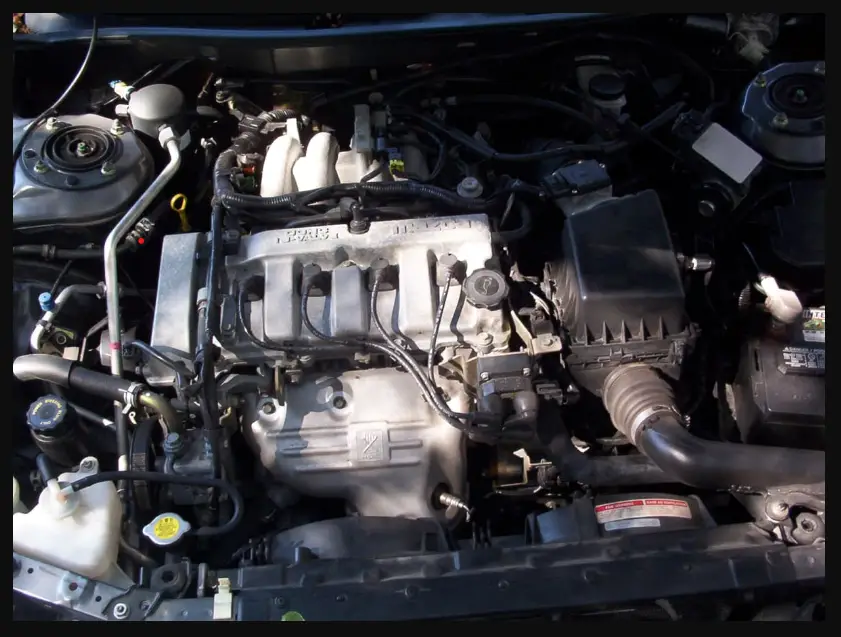
The following are the most common symptoms of rough idle that drivers may face when their vehicle idles roughly. So be alerted when there is one or more of the following symptoms are present in your vehicle.
- Shaking or vibrating while stopped
When a car is idling roughly, you may feel shaking or vibrating through the steering wheel, seats, or floor. This is often caused by misfires in the engine, which can cause the engine to shake and vibrate.
- Stalling or hesitating when accelerating
A car with rough idle may also hesitate or stall when accelerating from a stop or at low speeds. This can be caused by an imbalanced air-to-fuel mixture, which can cause the engine to struggle and stall.
- Loud engine noise or knocking
When an engine is idling roughly, it may produce a loud noise or knocking sound. This can be caused by misfires in the engine, which can cause the engine to run unevenly and produce loud noises.
- Poor fuel economy
Rough idle can also cause a decrease in fuel economy. This is because the engine may be burning more fuel than it needs to, leading to decreased fuel efficiency.
- Difficulty starting the car
If the rough idle is severe enough, it may also make it difficult to start the car. This is because the engine may not be receiving the proper air-to-fuel mixture, which can cause problems with starting.
It’s important to note that the severity of these symptoms may vary depending on the root cause of the rough idle. In some cases, the symptoms may be subtle and hard to notice, while in others they may be more pronounced and severe. Regardless, if you notice any of these symptoms, it’s important to have your car inspected by a mechanic to diagnose and fix the issue.
Blind Spot Warning Light Staying On; What Does It Say?
Solid Car Care
Diagnosing Rough Idle without a Check Engine Light
If you are experiencing rough idle but your check engine light is not illuminated, it can be a bit more difficult to pinpoint the root cause of the issue. However, there are still some diagnostic tests that you can perform to try and identify the problem. Here are some things to consider:
Step 01: Checking for vacuum leaks
One common cause of rough idle is a vacuum leak. To check for this, you can listen for hissing sounds coming from under the hood while the engine is running. If you hear a hissing sound, it may indicate that there is a leak in the vacuum system that needs to be repaired.
Step 02: Inspecting the air filter
A dirty or clogged air filter can also cause rough idle. Inspect your air filter and replace it if it is dirty or clogged.
Step 03: Testing the ignition coil
If the ignition coil is not functioning properly, it can cause misfires in the engine, which can lead to a rough idle. You can test the ignition coil with a multimeter to make sure that it is producing the correct amount of voltage.
Step 04: Examining the spark plugs
Worn or damaged spark plugs can also cause misfires in the engine, which can lead to a rough idle. Inspect your spark plugs and replace them if they are worn or damaged.
Step 05: Checking fuel pressure and fuel injectors
Low fuel pressure or faulty fuel injectors can also cause rough idle. You can check your fuel pressure with a fuel pressure gauge and inspect your fuel injectors for any signs of damage or wear.
It’s important to note that some of these diagnostic tests may require special equipment or knowledge and may be best left to a professional mechanic. If you’re unsure about how to perform any of these tests or are still experiencing rough idle after performing them, it’s best to take your car to a trusted mechanic for further diagnosis and repair.
How to fix rough idle on your own?
If you’re experiencing a rough idle in your car, there are several things that you can do to fix the issue. Here are some tips:
- Replace the air filter
A dirty or clogged air filter can cause rough idle, so replacing it can help to improve engine performance.
- Change the spark plugs
Worn or damaged spark plugs can cause misfires in the engine, leading to rough idle. Changing the spark plugs can help to improve engine performance and reduce rough idle.
- Clean or replace fuel injectors
Dirty or faulty fuel injectors can cause rough idle. You can try cleaning the fuel injectors, but if they are faulty, you may need to replace them.
- Repair or replace faulty ignition coils
Ignition coil issues can cause misfires in the engine, leading to rough idle. If your ignition coil is faulty, you may need to have it repaired or replaced.
- Check and fix vacuum leaks
Vacuum leaks can cause rough idle by disrupting the air-to-fuel ratio in the engine. Check for vacuum leaks by listening for hissing sounds, and have them repaired if necessary.
It’s important to note that fixing rough idle may require some trial and error, as multiple issues can contribute to the problem. If you’re unsure of how to diagnose or fix the issue, it’s best to seek professional help from a trusted mechanic.
Conclusion by the author
In summary, rough idle can be caused by a variety of issues such as dirty air filters, worn spark plugs, faulty fuel injectors, vacuum leaks, and ignition coil problems. Symptoms can include shaking, stalling, engine noise, poor fuel economy, and difficulty starting the car. You can diagnose rough idle by performing tests such as checking for vacuum leaks or inspecting the air filter, and fixing it by replacing the air filter, changing the spark plugs, cleaning or replacing fuel injectors, repairing or replacing faulty ignition coils, and checking and fixing vacuum leaks. If you’re unsure of how to fix the issue, seek professional help.

